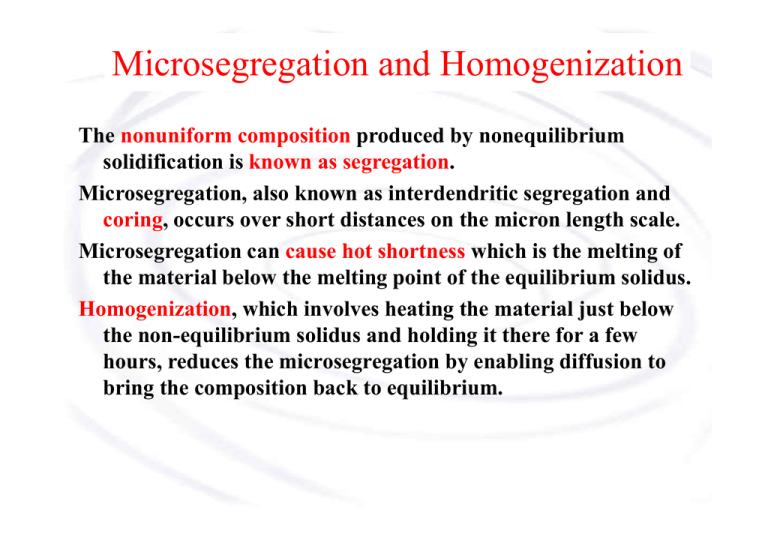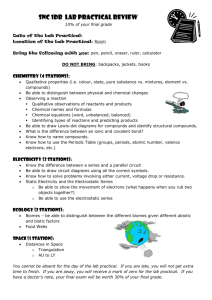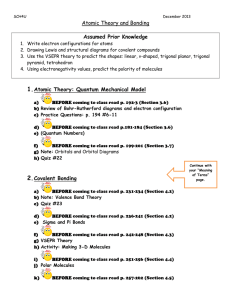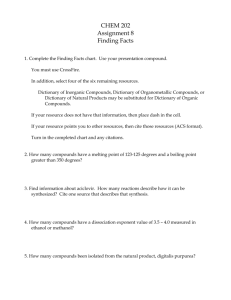Microsegregation and Homogenization
advertisement

Microsegregation and Homogenization The nonuniform composition produced by nonequilibrium solidification is known as segregation. Microsegregation, also known as interdendritic segregation and coring, occurs over short distances on the micron length scale. Microsegregation can cause hot shortness which is the melting of the material below the melting point of the equilibrium solidus. Homogenization, which involves heating the material just below the non-equilibrium solidus and holding it there for a few hours, reduces the microsegregation by enabling diffusion to bring the composition back to equilibrium. Microsegregation and Homogenization Macrosegregation can also exist where there exist a large composition difference between the surface and the center of a casting, which cannot be affected by diffusion as the distance is too large. Hot working breaks down the cast macrostructure enabling the composition to be evened out. Phase Diagrams with Intermediate Phases and Compounds Many combinations of two elements produce more complicated phase diagrams than the isomorphous systems and the simple eutectic systems. • Many equilibrium diagrams often show intermediate phases and compounds when either incomplete solubility or compound formation occurs. • These new phases are distinguished by the labels “terminal phases” and “intermediate phases”. • Their phase diagrams look complex. Phase Diagrams with Intermediate Phases and Compounds • The terminal solid-solution phases occur at the ends of the phase diagrams, bordering on the pure components, e.g., the alpha phase and the beta phase in the Pb-Sn phase diagram. • Intermediate phases commonly have new compounds and are called intermediate compounds or intermetallic compounds. – An intermediate compound is made up of two or more elements that produce a new phase with its own composition, crystal structure, and properties. – Intermediate compounds are almost always very hard and brittle. – An example is Fe3C in steels. Intermetallic Compounds Non-stoichiometric intermetallic compounds • These have a range of compositions and are often called intermediate solid solutions. • An example is the iron-chrome alloy. • The 50/50 composition orders at temperatures below ~900 oC to form the σ –phase, which causes embrittlement in stainless steels. Intermetallic Compounds Stoichiometric intermetallic compounds • These have a fixed composition such as iron carbide (Fe3C). • On the phase diagram they are represented by a straight line. The aluminum-antimony (AlSb) phase diagram includes a stoichiometric intermetallic compound, γ. Phase Diagrams Containing Three-Phase Reactions In more complex phase diagrams, the type of melting is sometimes used to describe the type of intermediate compound that occurs along with a particular type of solid state reaction. • Congruently melting compounds are those that maintain their specific composition right up to the melting point. This appears as a localized “dome” in the liquidus region of the phase diagram. • Incongruent melting compounds do not occur directly from the liquidus, but are formed by some form of solid-state reaction. The five most important three-phase reactions that occur in phase diagrams are: • Eutectic – a liquid transforms into two solids upon cooling • Eutectoid – a solid transforms into two new solids • Peritectic – a liquid plus a solid transforms into a new solid • Peritectoid – two solids transforms into a new solid • Monotectic – a liquid transforms into a new liquid and a solid. Three phase reaction type, reaction equation and appearance on a phase diagram.




